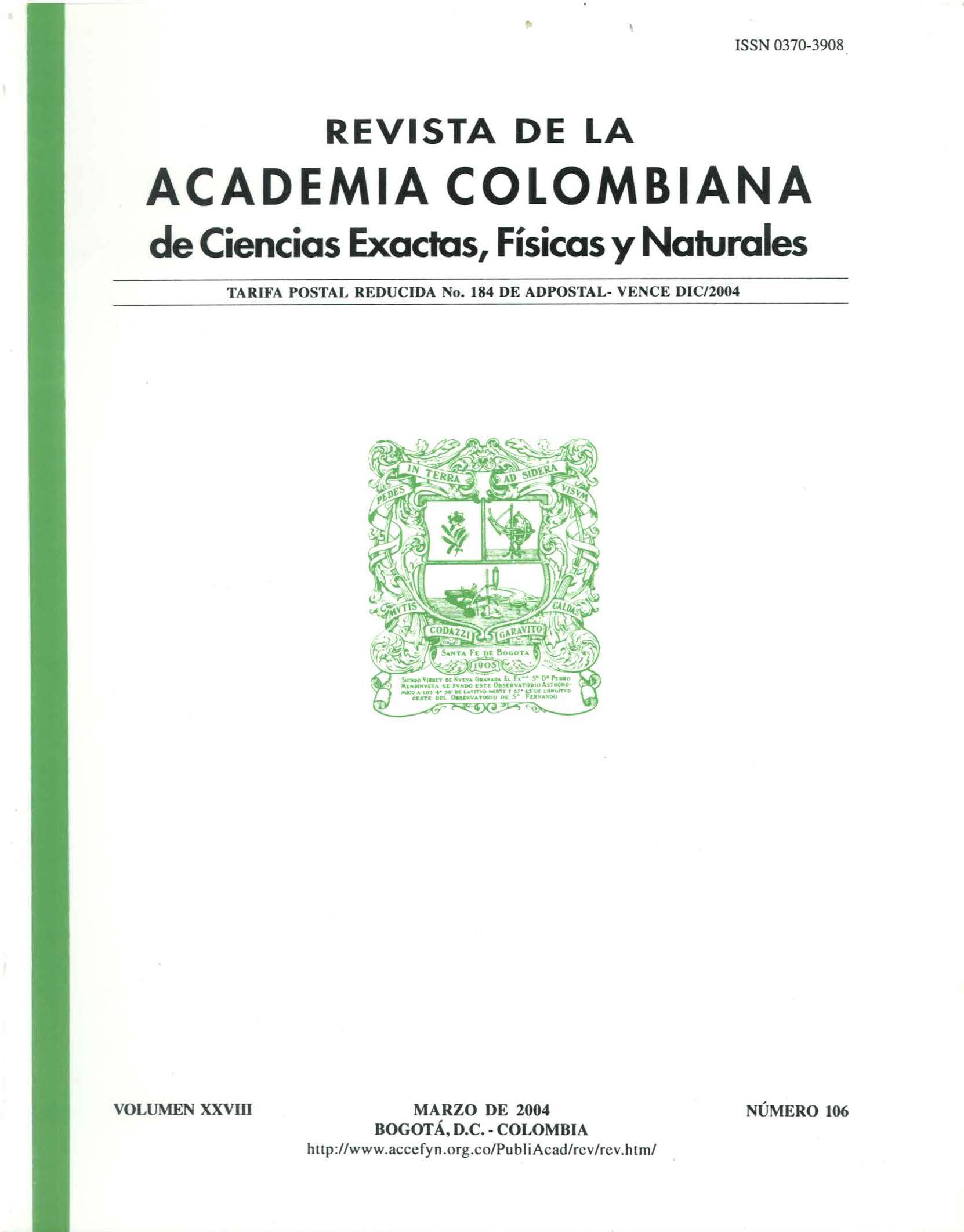Resumen
El teorema de Hahn–Banach implica el axioma de elección para familias de conjuntos convexos cerrados en espacios reflexivos y para familias más generales de convexos en espacios localmente convexos. Es, en efecto, equivalente a varias formas de elección coherente en familias inversamente dirigidas de convexos y transformaciones continuas afines. Lo anterior es consecuencia de algunos resultados relacionados con baricentros de medidas finitamente aditivas y compacidad convexa. Dos caracterizaciones de la reflexividad de espacios normados en términos de estos últimos conceptos se siguen de Hahn–Banach.
Referencias
S. Banach (1929), Sur les funtionelles lineaires, I, II. Studia Math. 1, 211–216, 223–239.
S. Banach (1932), Th ́eorie des op ́erations lin ́eaires. Monografje Matematyczne, Vol. 1, Warsawa.
J.L. Bell & D.H. Fremlin (1972), A geometric form of the axiom of choice. Fundamenta Mathematicae LXXVII, 167–170.
S. K. Berberian (1974), Lectures in Functional Analysis and Operator Theory. Springer Verlag, Berlin.
N. Bourbaki (1955), Elements de Math ́ ́ ematique, Libre VI, Int ́egration. Hermann, Paris.
G. Enciso (2000), La fuerza de elecci ́on del Teorema de Hahn–Banach. Tesis de pregrado, Universidad de los Andes, Bogot ́a.
V. P. Fonf, J. Lindenstrauss, & R.R. Phelps (2001), Infinite dimensional convexity. In Handbook of the Geometry of Banach Spaces. Norht Holland-Elsevier, pp. 599-670.
M. Foreman & F. Wehrung (1991), The Hahn–Banach theorem implies the existence of a non Lebesgue measurable set. Fundamenta Mathematica 138, 13–19.
H. Hahn (1926), Uber lineare Gleichungssysteme in linearen R ̈aumen. Journal f ̈ur die reine und angewandte Mathematik 157, 214–229.
J.D. Halpern & A. L ́evy (1971), The boolean prime ideal theorem does not imply the axiom of choice. AMS Proceedings in Axiomatic Set Theory, 83–134.
E. Helly (1912), Uber lineare Funktionaloperationen ̈ . Sitzgs- ber. Akad. Wiss. Wien Math.-Kl. 121, 265–297.
A. Horn & A. Tarski (1948), Measures in boolean algebras. Trans. Amer. Math. Soc. 64, 467–497
J. Horv ́ath (1966), Topological vector spaces and distributions, Vol. I. Addison-Wesley.
G. K ̈othe (1969), Topological vector spaces, I. Springer Ver- lag, Berlin.
A. Levy (1979), Basic Set Theory. Springer Verlag, Berlin.
J. Lo ́s & C. Ryll-Nardzewski (1954), On the applications of Tychonoff ’s theorem in mathematical proofs. Fundamenta Mathematicae 41, 49–65.
W. A. J. Luxemburg (1969), Reduced powers of the real number system. In: Applications of model theory to algebra, analysis and probability, Holt, Rinehart and Winston, New York.
J. Pawiikowski (1991), The Hahn–Banach theorem implies the Banach-Tarski paradox. Fundamenta Mathematicæ138, 21–22.
D. Pincus (1974), The strength of the Hahn–Banach theorem. Victoria Symposium on Non-Standard Analysis. Lect. Notes in Math. 369. Springer Verlag, Berlin, 203–248.
W. Rudin (1973), Functional Analysis, McGraw-Hill, New York.
S. Wagon (1994), The Banach-Tarski Paradox. Cambridge University Press, Cambridge.

Esta obra está bajo una licencia internacional Creative Commons Atribución-NoComercial-SinDerivadas 4.0.
Derechos de autor 2023 https://creativecommons.org/licenses/by-nc-nd/4.0

